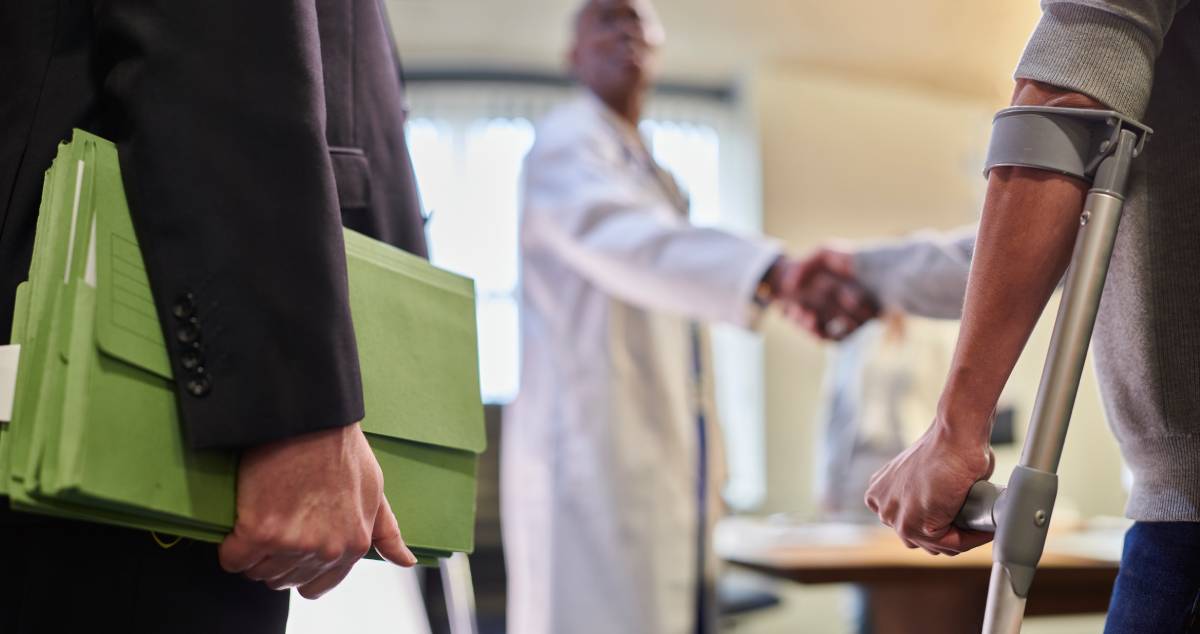Injuries from Motor Vehicle Accidents
Motor vehicle accidents are a leading cause of injury worldwide, ranging from minor bruises to severe, life-threatening conditions. The impact of these accidents often extends beyond immediate physical harm, leading to long-term pain, emotional distress, and significant changes in quality of life. Understanding common injuries from motor vehicle accidents, their treatment, and strategies for long-term pain management is essential for improving outcomes for accident victims.
Motor vehicle accidents can result in a wide range of injuries, depending on factors such as the speed of the vehicles involved, the use of seat belts, and the point of impact.
Whiplash is a common neck injury resulting from the sudden jerking motion of the head and neck during a collision. Symptoms may include neck pain, stiffness, headaches, and sometimes dizziness. While often considered minor, whiplash can lead to chronic pain and limited mobility if not properly treated.
In addition, soft tissue injuries, such as sprains, strains, and bruises, affect muscles, ligaments, and tendons. Although these injuries may seem less severe, they can cause significant pain and restrict movement. In more severe cases, the force of a collision can cause bones to break, with common fractures occurring in the arms, legs, ribs, and collarbone. These injuries often require immobilization through a cast or, in severe cases, surgical intervention with the insertion of plates, screws, or rods to stabilize the bones.
Head injuries, ranging from concussions to traumatic brain injuries (TBIs), can also be serious consequences of motor vehicle accidents. Even minor head trauma can have long-term effects, such as persistent headaches, cognitive impairments, and emotional disturbances.
Finally, damage to the spinal cord can lead to partial or complete paralysis, depending on the location and severity of the injury. These injuries require immediate medical attention and long-term rehabilitation to manage symptoms and improve function 1.
Research suggests that two-wheeled motorcycle vehicle users, mainly young males, have the highest chance of suffering injuries, with lower limbs being the most frequently injured 2. High-speed motor vehicle collisions have a higher chance of incurring multi-system trauma 3.
Immediate treatment following a motor vehicle accident focuses on stabilizing the patient, assessing the severity of injuries, and preventing further harm 4,5. For serious injuries, such as fractures or head trauma, emergency medical attention is crucial. This may include surgery, immobilization, or other interventions to stabilize the patient. Pain management is an essential aspect of initial treatment, which may include a range of medication types.
For many motor vehicle accident victims, the journey to recovery extends beyond the immediate aftermath of the incident. Ongoing physical therapy is often necessary to address chronic pain and mobility issues. Techniques like stretching, strengthening exercises, and manual therapy can help manage pain and prevent further injury. For long-term pain, medication is often used; medications include NSAIDs or opioid analgesics, with other options being injections, electrical nerve stimulation, and more 6.
References
1. 15 Common Car Crash Injuries – Forbes Advisor. Available at: https://www.forbes.com/advisor/legal/auto-accident/car-crash-injuries/.
2. Ferrando, J., Plasència, A., Ricart, I., Canaleta, X. & Seguí-Gómez, M. Motor-vehicle injury patterns in emergency-department patients in a south-European urban setting. Annu. Proc. Assoc. Adv. Automot. Med. (2000).
3. Motor Vehicle Collisions – StatPearls – NCBI Bookshelf. Available at: https://www.ncbi.nlm.nih.gov/books/NBK441955/.
4. The Importance of Immediate Medical Attention After an Accident – Lexology. Available at: https://www.lexology.com/library/detail.aspx?g=72fe023b-bf9c-420a-bdd8-8895177f00b6.
5. Motor Vehicle Crash: Care Instructions. Available at: https://myhealth.alberta.ca/Health/aftercareinformation/pages/conditions.aspx?hwid=zp4259.
6. Beaudoin, F. L. et al. Persistent pain after motor vehicle collision: comparative effectiveness of opioids versus non-steroidal anti-inflammatory drugs prescribed from the emergency department–a propensity matched analysis. Pain 158, 289 (2017). doi: 10.1097/j.pain.0000000000000756
